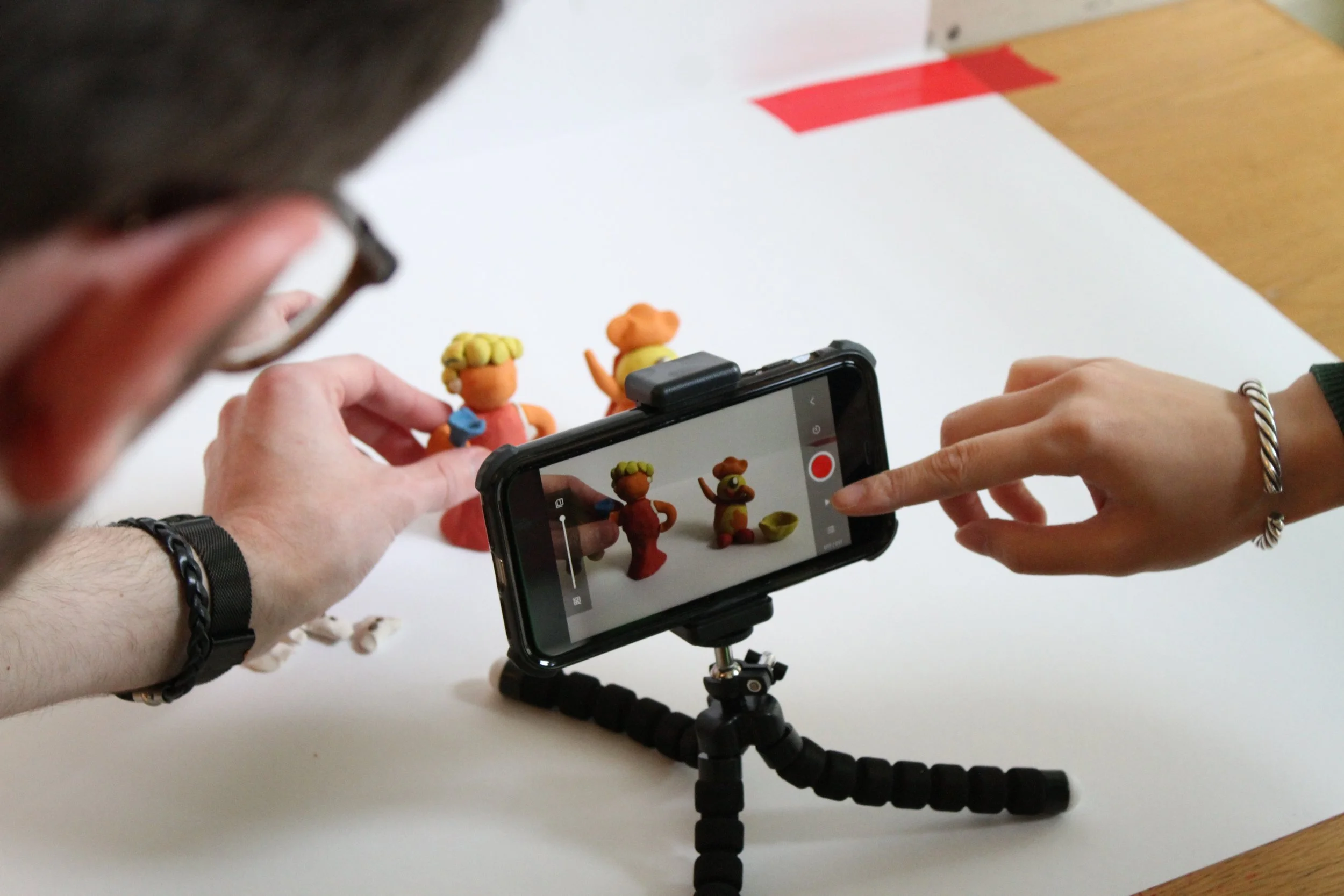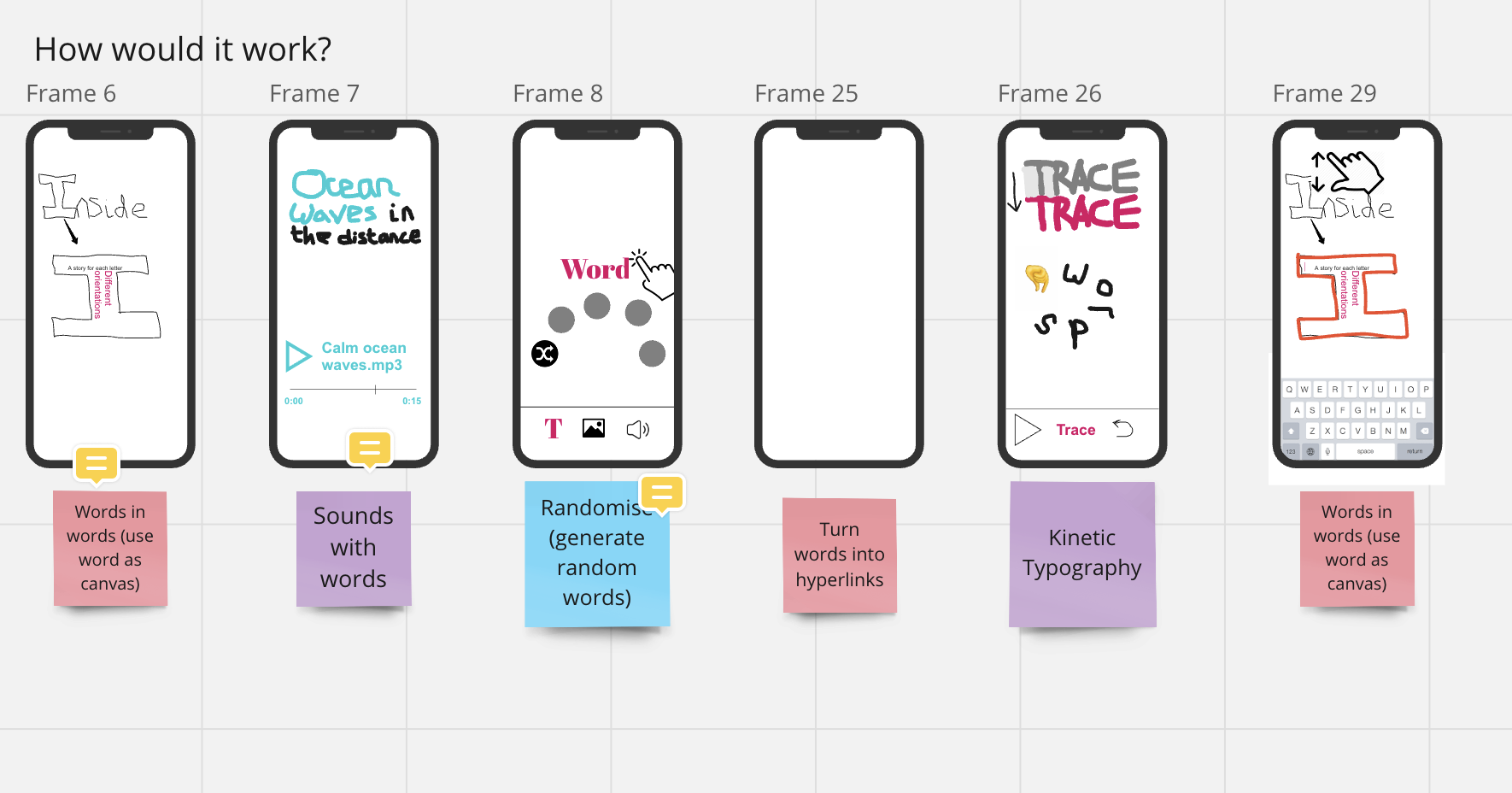IGNITE
Role | Product Design Lead
Client | Guy's and St Thomas' NHS Foundation Trust
Team | John Fass | Tiffany Chau
Outcome | A responsive web application used by the hospital’s young adult patients.
Methods | Concept development | Contextual Inquiry | Project initiation | Prototyping | Sketching | Storyboarding | Surveys and Questionnaires | User Interviews | Wireframing | Workshop facilitation
IGNITE is a collaborative project with Guy’s Hospital in London. We (No More Heroes) received an Arts Council grant to design and develop a web application for digital creativity that young people can use while receiving treatment on the ward.
We have worked since May of 2021, together with a group of young cancer patients to design a web application that aims to help cancer patients receiving treatment in the new centre to express themselves, share creative stories and explore some of what they have been through using digital creativity.
We divided each workshop into three different topics: Environments [where], People [who], and Objects [how]. Our goal was to gain a deeper understanding of what it is like to go through cancer treatment, including people’s needs, fears and concerns. Each workshop involved a creative activity that enabled participants to open up and share through making, not just talking.
The design process of the web application was a fully collaborative effort. Ideas and concepts were initiated and developed together with the participants. After generating several concepts, we moved on to creating an interactive prototype that workshop participants and other patients could test and provide feedback on.
Workshop 1 | Introduction to creative expression
The project began with an in-person creative workshop led by various artists. Indiana Lawrence and Claudia Walder taught zine-making using scissors and glue, while Aysha Tengiz demonstrated how to create stop-frame animation with plasticine. Steph Singer from Bittersuite focused on bodywork, sound, and breath consciousness. Jacob Sam-La Rose led a collaborative poetry session. Participants experienced four different creative methods and media with professionals.









Workshop 2 | Environments
We met with six young people who had recovered from cancer after being treated in Guys and St Thomas’ Hospital. Our focus was on understanding their experiences in the hospital, including the duration of visits, who they were accompanied by, and the potential for creative activities. We explored the use of both physical and digital materials, and our participants generously shared their thoughts and feelings. A key finding was that young people's experience with cancer can be divided into three phases: pre-diagnosis, treatment, and post-treatment. The pre-diagnosis phase is characterized by fear and anxiety, while receiving a diagnosis brings relief and a desire for connection with others who have gone through the same. The post-treatment phase can be post-traumatic and offers an opportunity for reflection.









Workshop 3 | People
In our third workshop, we examined how social connections, relationships, and networks affect young cancer patients. We studied what information patients want to share and with whom, as well as the digital channels they use and the content of their communication. Our main goal was to identify the most commonly used features of digital tools for communication. We started by creating physical social network models using coloured pins to represent individuals in a patient's social network. This method helped visualise the depth and extent of relationships and facilitated discussions. Key findings from this session include the observation that social contacts decrease during treatment and expand afterwards. Participants also expressed limited support available in the hospital. While group sessions are appreciated, they do not fully meet the participants' needs.






Workshop 4 | Tools
Moving workshops online proved to be suitable for everyone. We started prototyping IGNITE using standard UX and digital design tools like Miro and Figma. By focusing on sound, words, and images, we were able to address usability, technical, copyright, and security concerns. The participants quickly adapted to digital prototyping, despite being new to it. We discovered that designing for a combination of media is challenging and may require creating digital content in stages. We also discussed different options for sourcing content, including user-generated images, publicly available internet libraries, and IGNITE's own sticker and background libraries.









